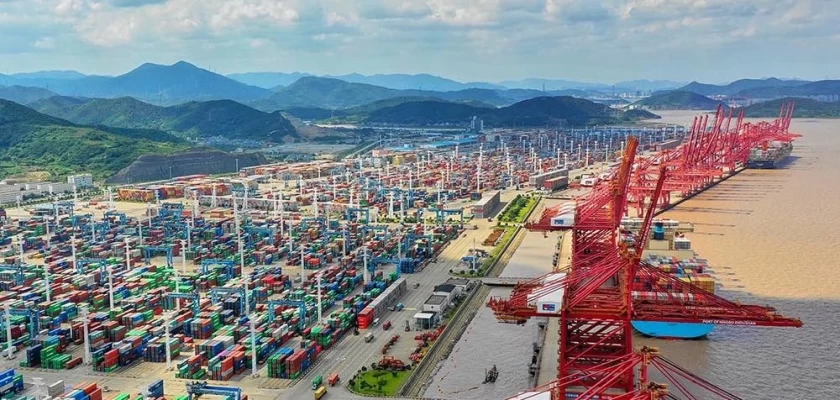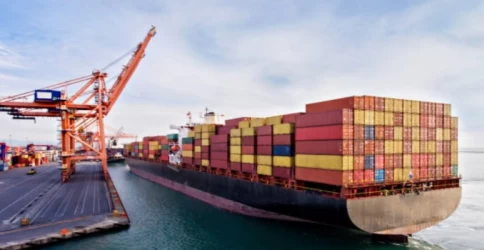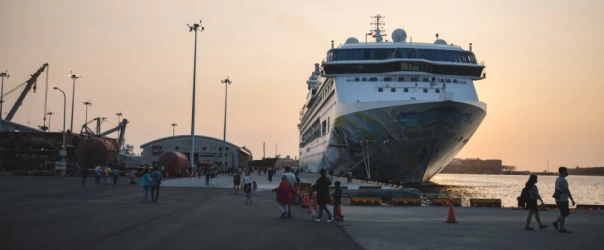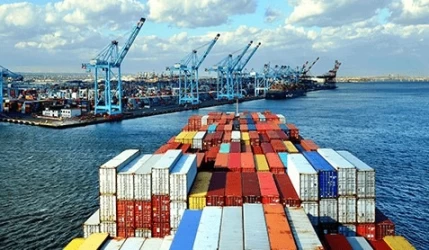Sea Freight in Ningbo Port
Ningbo Port, officially known as Ningbo-Zhoushan Port, is one of the most significant and busiest ports in the world. Located in Zhejiang province, China, it serves as a critical hub for international trade, connecting China with over 600 ports in more than 100 countries. This article delves into the various aspects of sea freight operations at Ningbo Port, highlighting its infrastructure, services, and strategic importance in global logistics.
Historical Background
Ningbo Port has a rich history dating back over a thousand years. It has evolved from a small trading post into a modern, high-capacity port. The merger with Zhoushan Port in 2006 significantly boosted its capacity and operational efficiency, making it the largest port in the world by cargo tonnage.
Infrastructure and Facilities
Ningbo-Zhoushan Port boasts state-of-the-art infrastructure, including:
- Deep-water berths: Capable of accommodating the largest container ships in the world.
- Advanced cargo handling equipment: Ensuring efficient loading and unloading processes.
- Extensive storage facilities: Including warehouses and container yards.
- Integrated logistics services: Offering seamless connectivity with rail, road, and air transport.
Key Services
The port provides a wide range of services to meet the diverse needs of its clients:
- Container shipping: Handling millions of TEUs (twenty-foot equivalent units) annually.
- Bulk cargo: Including coal, iron ore, and grain.
- Liquid bulk: Such as crude oil and chemicals.
- Ro-Ro services: For vehicles and heavy machinery.
- Customs clearance and warehousing: Streamlining the import and export processes.
Major Trade Routes
Ningbo Port is a pivotal gateway for trade between China and the rest of the world. Some of the major trade routes include:
- Asia-Europe: Connecting Ningbo with major European ports like Rotterdam and Hamburg.
- Trans-Pacific: Linking Ningbo with key ports on the west coast of the United States, such as Los Angeles and Long Beach.
- Intra-Asia: Facilitating trade with neighboring countries like Japan, South Korea, and Southeast Asian nations.
Economic Impact
The port plays a crucial role in the economic development of the region and the country. It supports millions of jobs and contributes significantly to China’s GDP. The efficient handling of goods at Ningbo Port helps reduce logistics costs and enhances the competitiveness of Chinese products in the global market.
Environmental Initiatives
Ningbo Port is committed to sustainable development and has implemented several green initiatives:
- Emission reduction: Using cleaner fuels and energy-efficient equipment.
- Waste management: Proper disposal and recycling of waste materials.
- Marine conservation: Protecting the local marine ecosystem through various conservation programs.
Challenges and Future Prospects
Despite its success, Ningbo Port faces several challenges, including:
- Congestion: High traffic volumes can lead to delays.
- Environmental concerns: Balancing growth with sustainability.
- Global trade fluctuations: Economic downturns can impact cargo volumes.
Looking ahead, Ningbo Port aims to further enhance its capacity and efficiency through technological advancements and infrastructure upgrades. The port is also exploring new trade routes and partnerships to diversify its operations and reduce dependency on traditional markets.
Conclusion
Ningbo-Zhoushan Port stands as a testament to China’s maritime prowess and its strategic importance in global trade. With its advanced infrastructure, comprehensive services, and commitment to sustainability, Ningbo Port is well-positioned to continue its growth and maintain its status as a leading global port.
If you have any specific questions or need more details on a particular aspect, feel free to ask!











